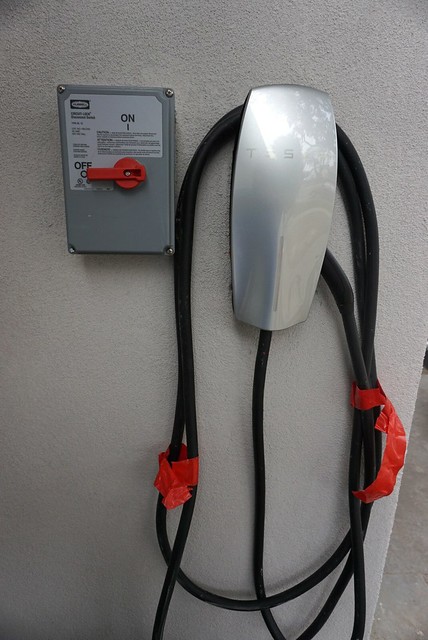When installing a HPWC, you need to have a shutoff switch nearby. I am wondering if a flush mount panel like this one with a 100A breaker in it would suffice for this requirement?
Square D Circuit Breaker Enclosure, Surface, NEMA 1 FA100S | Zoro.com

Square D Circuit Breaker Enclosure, Surface, NEMA 1 FA100S | Zoro.com
Last edited:



